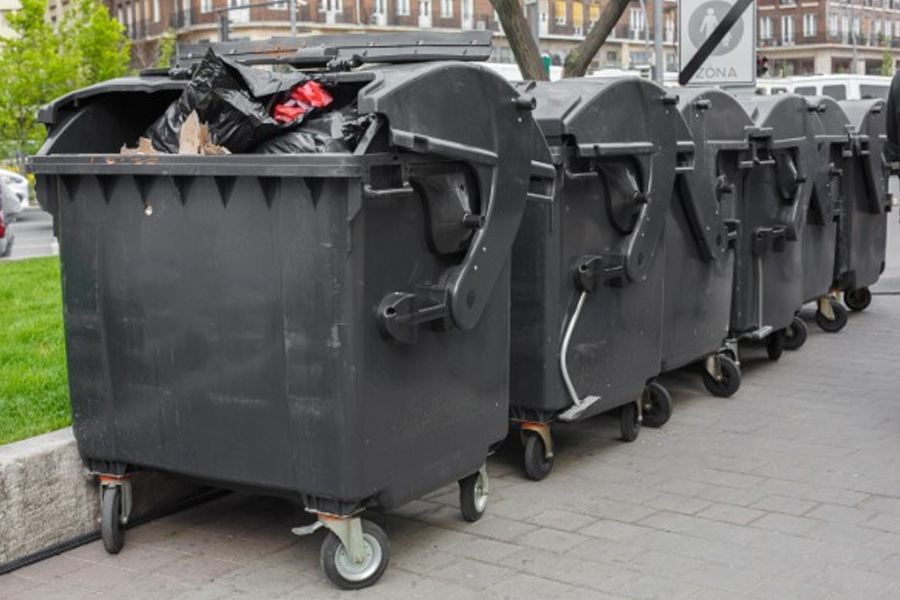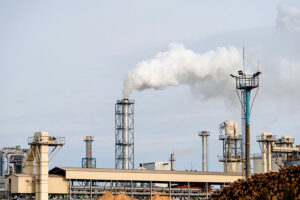
Image Source: absolutejunkremoval.com
In today’s global landscape, environmental stewardship is no longer a niche concern but a fundamental expectation for businesses and consumers alike. As commercial enterprises generate a significant volume and diversity of waste, the traditional “dispose and forget” mentality is rapidly becoming obsolete. Modern commercial junk removal services are at the forefront of this paradigm shift, evolving far beyond simple hauling to embrace sophisticated strategies for recycling and re-use. This commitment not only aligns with corporate social responsibility but also offers tangible benefits, contributing to a circular economy, reducing environmental impact, and enhancing a business’s reputation.
The Pillars of Sustainable Commercial Junk Removal
The process of embracing recycling and re-use in commercial junk removal is multi-faceted, involving careful planning, specialized infrastructure, and a commitment to responsible practices.
1. Meticulous Sorting and Segregation at the Source (or Hub)
The journey towards sustainability begins with effective sorting. While some initial segregation may occur at the client’s site, professional junk removal teams often transport mixed loads to dedicated transfer stations or processing facilities. Here, highly trained personnel, sometimes aided by advanced machinery, meticulously sort through the collected items, separating materials into various categories:
Metals:
Ferrous (iron, steel) and non-ferrous (aluminum, copper, brass) metals are separated for melting down and re-manufacturing.
Plastics:
Different types of plastics (e.g., PET, HDPE, PVC) are identified and segregated for specific recycling processes.
Paper & Cardboard:
Cardboard boxes, office paper, newspapers, and magazines are baled and sent to paper mills.
Electronics (E-waste):
Computers, monitors, printers, and other electronic devices are handled with particular care due to hazardous components.
Fabrics & Textiles:
Old carpets, upholstery, and fabric scraps might be collected for specialized textile recycling.
This meticulous sorting is critical, as contamination can render an entire batch of recyclable material unusable.
2. Advanced Recycling Technologies
Once sorted, materials are sent to specialized recycling plants that utilize advanced technologies to process them into new raw materials:
Plastic Shredding & Pelletizing:
Plastics are cleaned, shredded, and melted into pellets, ready to be molded into new products.
Metal Smelting:
Metals are melted down in high-temperature furnaces and refined for re-use in manufacturing.
Paper Pulping:
Paper is pulped and reformed into new paper products.
E-waste De-manufacturing:
Specialized facilities safely dismantle electronic devices, recovering valuable metals (gold, silver, copper) and safely disposing of hazardous components (lead, mercury, cadmium). This is particularly important for compliance with environmental regulations.
3. Prioritizing Re-use and Donation
Beyond recycling, a truly sustainable commercial junk removal service places a strong emphasis on re-use. Many items collected are not waste at all but rather perfectly functional goods that simply no longer serve the original business’s needs.
Furniture & Fixtures:
Usable office chairs, desks, filing cabinets, shelving units, and retail displays can be cleaned, repaired if necessary, and donated to charities, schools, or sold to second-hand businesses. This extends the lifespan of products and helps reduce demand for new manufacturing.
Appliances & Equipment:
Functional appliances (refrigerators, microwaves) or lightly used equipment may be refurbished and donated or sold.
Building Materials:
Unused bricks, timber, tiles, or fixtures from renovation projects can be salvaged and re-used in other construction endeavors, reducing the need to extract new raw materials.
Excess Inventory:
Products that are still marketable but no longer fit a business’s current strategy can be directed to liquidation channels, charitable organizations, or discount retailers.
Professional junk removal companies often have established networks with local charities, non-profits, and secondary markets to facilitate these re-use efforts efficiently.
Conclusion
The role of commercial junk removal has transformed. It is no longer a back-end, low-priority service but a strategic partner in a business’s sustainability agenda. By meticulously sorting, leveraging advanced recycling technologies, and prioritizing re-use and donation, these companies are actively contributing to a more circular economy. For businesses, this means not only a cleaner, safer, and more efficient operation but also a powerful way to demonstrate environmental leadership, enhance their brand, and play a vital part in building a more sustainable future. Embracing commercial junk removal that puts recycling and re-use first is not just an option; it’s an indispensable component of responsible and forward-thinking business practice.

